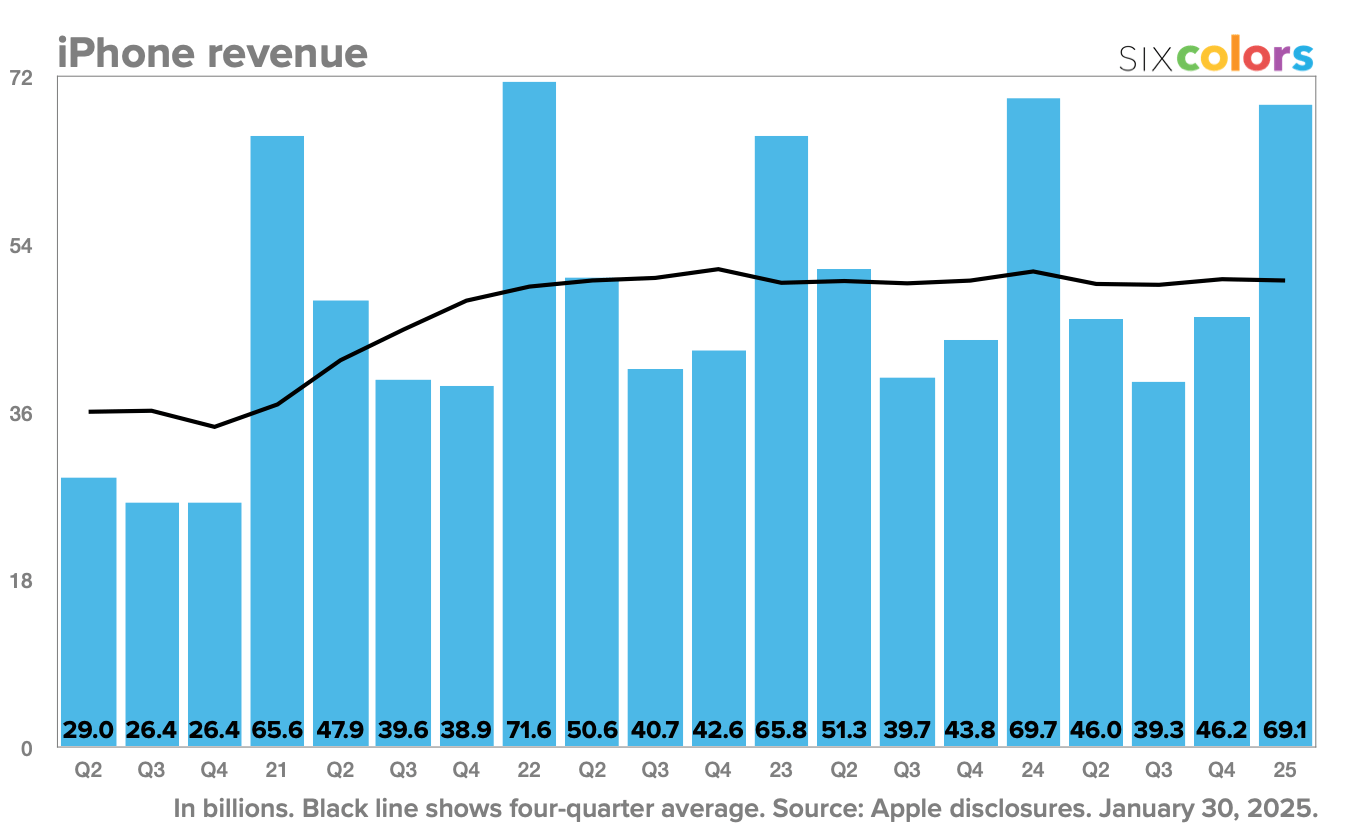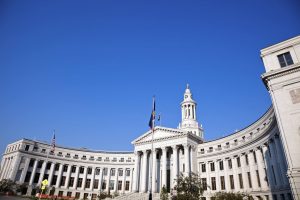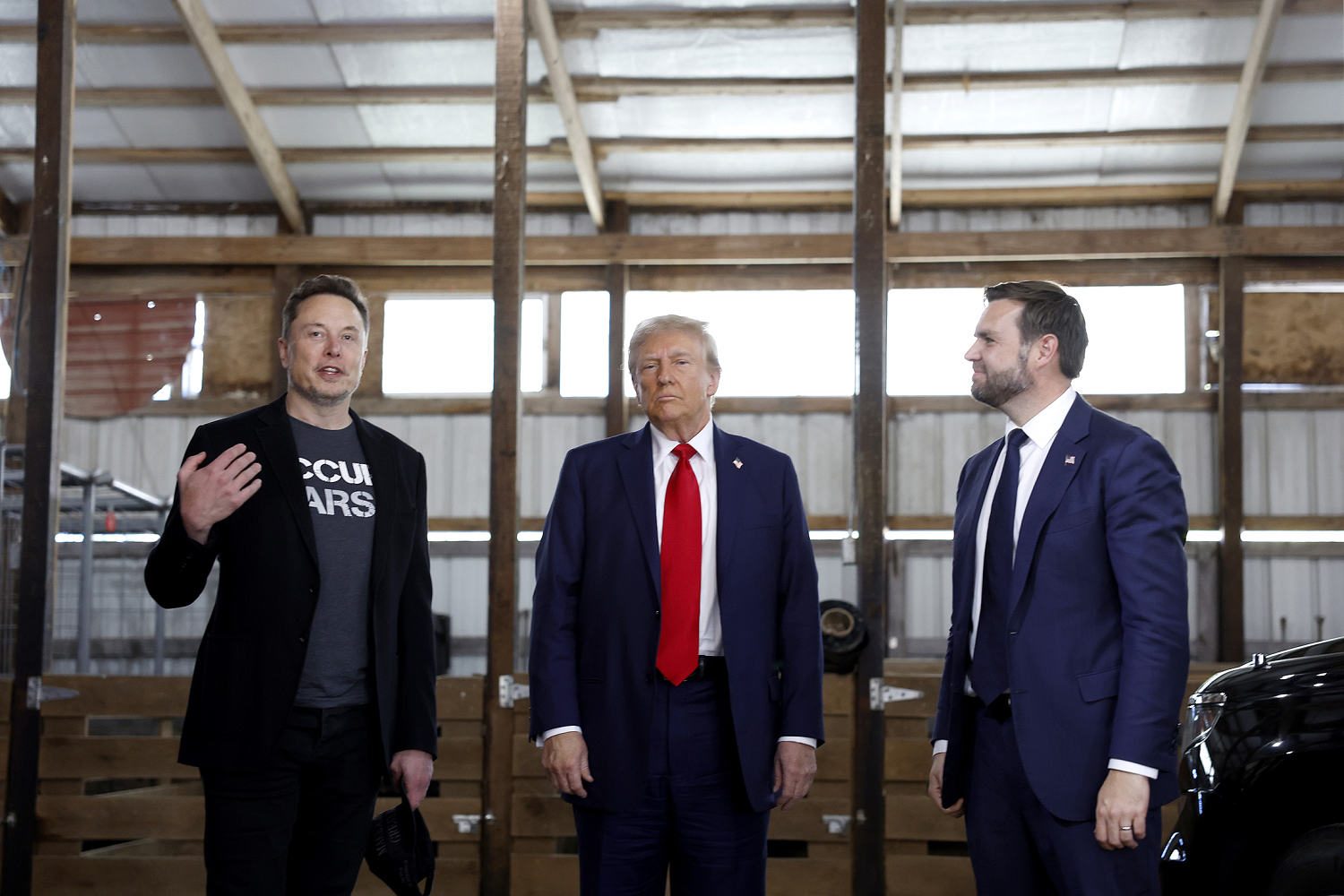How Trump’s manufacturing obsession could cripple America
President Trump's promise of a manufacturing renaissance will likely backfire, resulting in higher prices, environmental toll and a shortage of specialized skills in the manufacturing industry.

President Trump is promising a manufacturing renaissance. Bring back the factories, restore blue-collar jobs, end reliance on China. It’s a powerful message that taps into nostalgia, economic frustration and national pride.
But reality doesn’t care about emotionally charged sentiments.
In truth, a large-scale initiative to revitalize American manufacturing would likely backfire. The impact would reach far beyond higher prices at the checkout line. Consumers already weighed down by housing costs, debt and rising prices would experience even greater strain.
But there’s another cost — one that rarely gets mentioned. The environmental toll.
Bringing back large-scale manufacturing means bringing back the smog, the industrial runoff, the poisoned rivers and the toxic waste that Americans spent decades outsourcing. The U.S. didn’t just offshore manufacturing for cheap labor; it offshored pollution. China, Mexico and Southeast Asia have, for years, shouldered the environmental burden of American consumption.
Many of their rivers have turned black with factory sludge. The air is thick with industrial smog. Workers have been exposed to toxic chemicals that Americans understandably prefer to avoid.
Repatriating those industries means repatriating that filth. And no one — no matter how deep their political loyalties run — wants a factory waste dump in their backyard. For skeptics, including staunch MAGA enthusiasts reading this, consider the factory cities of the past — the likes of Pittsburgh, Detroit and Cleveland, for instance.
Although they were centers of industry, they were also wastelands of soot, smog and contamination. In its prime, Pittsburgh was so polluted that office workers had to change shirts at lunchtime. The Cuyahoga River in Cleveland, overflowing with industrial waste, caught fire — not once, but several times.
Moreover, if factories do come back, the environmental regulations — rules aimed at keeping American air and water relatively clean — would raise manufacturing costs so high that businesses would either pass those expenses onto consumers or relocate offshore again.
But let’s assume, for the sake of argument, that the U.S. manages to bring back millions of factory jobs. Who, I ask, will take them?
The factory worker of the 1960s had a high school diploma, a predictable job, and an expectation of lifelong employment. That world is gone. Today’s manufacturing demands specialized skills — robotics, programming and precision engineering. The U.S. has spent decades pushing students away from trades and technical fields. Now, there’s a skilled labor shortage. Who’s filling all these repatriated jobs?
Foreign labor? That undermines the entire MAGA premise.
Untrained American workers? If so, expect quality issues, high error rates, and an uncompetitive edge against China and other powerful nations.
And even if new factories open, they won’t look like the ones Trump supporters imagine. A modern factory is a massive, roboticized facility where machines — not men — do most of the work.
For every 10,000 manufacturing jobs 50 years ago, maybe 1,000 would return today. And those would go to specialists in automation maintenance, not assembly line workers.
Some argue that bringing factories back would help alleviate the trade deficit. That’s not only naive; it’s also incorrect.
The U.S. imports more than it exports, not just because of outsourcing but also because of consumer demand. Americans want cheap goods. They want choice. Even if factories open on American soil, raw materials and components will still come from abroad. The supply chains are so globalized that they cannot be untangled overnight, if at all.
Additionally, it's important to note that even if the U.S. attempts to rebuild those supply chains, it won’t be easy. A single smartphone contains parts from dozens of countries. Car components, semiconductors, textiles — it’s all linked in a system that took decades to establish. Moving production back to the U.S. would be expensive and, logistically, an absolute nightmare.
And we haven’t even discussed a rather important, albeit uncomfortable, point yet: Americans don’t want factory jobs.
Ask young people what they want to do, and they’ll mention tech, finance, health care, entrepreneurship, influencing, even OnlyFans — anything but assembly-line work. This cultural shift is irreversible. Work expectations have evolved. The notion that millions of Americans are eager to bolt parts onto a conveyor belt is entirely misguided.
Trump’s promise of a manufacturing resurgence works because it’s nostalgic. It taps into a time when American industry ruled the world. But that world doesn’t exist anymore. Deep down, the president must know this. If he doesn’t, it’s quite concerning.
Voters love the idea of factory jobs coming back, but they won’t love the trade-offs. They won’t want to pay more for everyday goods. They won’t want polluting factories near their communities. They won’t want to work long, grueling shifts in an industry that no longer offers middle-class stability. And who could blame them?
If Trump wants to restore economic dominance, he must look forward, not backward. Manufacturing isn’t the future. Technology, infrastructure and energy independence are. Pouring resources into reviving an industrial dead horse is, at best, unwise. Instead, he should be championing AI, robotics and advanced engineering.
Investing in domestic semiconductor production, clean energy and space exploration would do more for American competitiveness than chasing a dated dream. If the president truly wants to MAGA, he should modernize infrastructure. What about stronger roads and bridges? How about investing in a power grid designed for the digital age?
Detroit will never be the car capital of the world again. That era is gone. But America can still be the capital of innovation — if the president stops selling fantasies and starts acknowledging reality.
John Mac Ghlionn is a writer and researcher who explores culture, society and the impact of technology on daily life.









































































